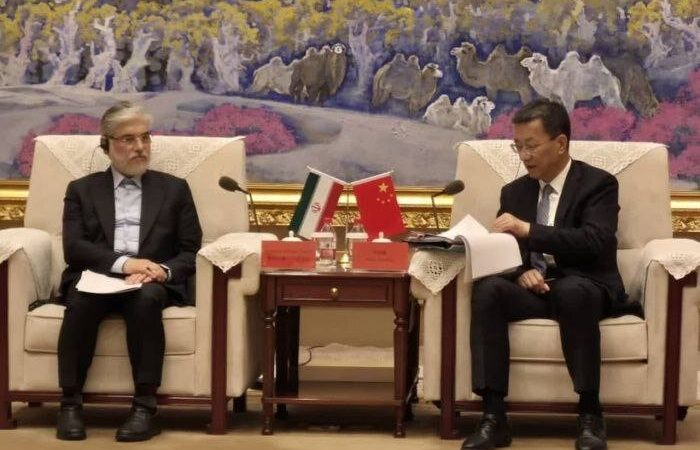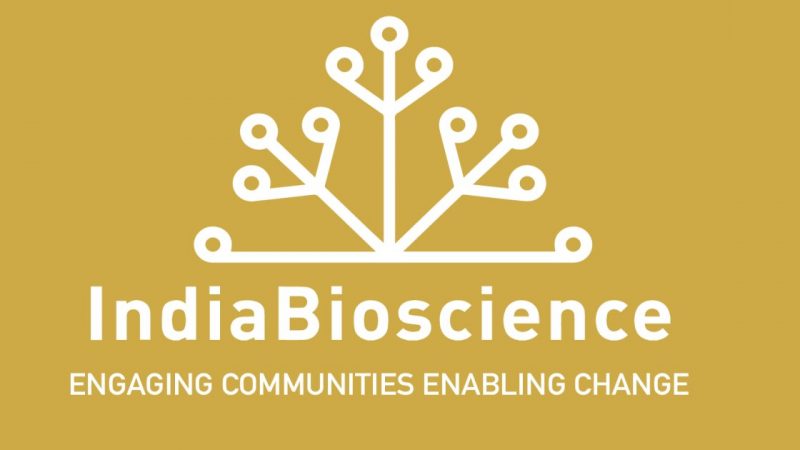The birth of a new Australian industry, majority owned by Indigenous Australians
Uniseed and Bulugudu have agreed to invest $2.6 million into Trioda Wilingi, a University of Queensland/UniQuest spin out company, to develop innovative medical gels from cellulose nanofibres extracted from spinifex harvested in north-west Queensland.
Trioda Wilingi has the exclusive global rights to develop novel injectable spinifex medical gels, which have many potential applications including osteoarthritis, drug delivery and cosmetic treatments. The concept was developed with the help of the Australian National Fabrication Facility (ANFF).
Early data shows that gels using the spinifex nanofibres will last longer, be easier to inject and may be safer than current medical gel products.
There’s a global multi-billion-dollar demand for cellulose nanofibres – very thin biodegradable fibres that have a vast number of applications. They can be used, for example, in medical gels, surgical gloves, nappies, transparent paper, and even flexible electronic components.
Companies around the world are currently using complex, energy intensive processes to make nanofibres from wood pulp, sugar beet, carrots, wheat straw and other materials. The University of Queensland, through the Australian Institute for Bioengineering and Nanotechnology (AIBN), discovered that spinifex has a unique chemistry that yields stronger, longer, thinner, and more flexible nanofibres. They developed a gentle, environmentally low-impact nanotechnology processing method.
“The spinifex fibres we produce are typically around three to four nanometres thick, about 20,000 times thinner than a human hair. They have an average length of about 1,600 nanometres, giving them an aspect ratio of about 500:1,” says AIBN Director, Professor Alan Rowan.
Spinifex is an extremely durable grass that can survive drought, controlled burning and bush fires. It grows widely across Outback Australia. This project uses Triodia pungens.
“Indjalandji-Dhidhanu people have long known of the uses and the strength of spinifex grass,” says Colin Saltmere AM, Director of Bulugudu Ltd. The company is owned by the Indjalandji-Dhidhanu people, the Traditional Owners of the upper Georgina River region. “Our traditional uses include building shelters and using resin from the grass as an adhesive to attach spearheads, and seal water vessels.”
The names of the companies are symbolic. “Bulugudu means ‘strong’ in our language. And trioda wilingi means ‘special grass’,” says Mr Saltmere.
“We’ve integrated traditional knowledge of the plant and how it grows, with the latest chemical nanotechnology advances, to create the beginnings of a new industry,” says Tim Case, interim CEO of Trioda Wilingi.
In 2008, the Dugalunji Aboriginal Corporation (now Bulugudu Ltd) and The University of Queensland were awarded an Australian Research Council Discovery Grant to explore the Aboriginal and Western scientific knowledge of spinifex grasses. This knowledge included investigation into the use of spinifex as a source of cellulose reinforcing agents. The knowledge and research generated also relied on the Traditional Indigenous Knowledge shared by the Indjalandji-Dhidhanu People through Bulugudu.
They soon discovered that the strength of spinifex grass is due to microscopic cellulose fibres, and established Bulugudu to explore the potential of the fibres.
“The scientific challenge was to determine how to obtain the nanofibres without intensive processes, then we turned to ANFF, who helped us optimise and validate this extraction process,” says Professor Darren Martin, one of the inventors of the technology, from The University of Queensland’s School of Chemical Engineering. “ANFF have been vital partners on our journey.”
“This project is a clear example of the type of impact ANFF can have on the conversion of research into real-world products. We are so proud to have helped this work spin out into Trioda Wilingi, which will have positive influence in varied sectors,” says ANFF CEO Dr Jane Fitzpatrick.
The late Dr Ian Griffiths, the previous ANFF CEO, recognised the potential of the fibres in medical gels and started the commercialisation negotiations that led to the establishment of Trioda Wilingi and today’s agreement.
The investment opportunity was developed and led by ANFF-C, the new commercialisation arm of ANFF, which is part of Australia’s National Collaborative Research Infrastructure Strategy (NCRIS) funded by the Australian Government’s Department of Education.
Most medical gels need a high water-content. The spinifex fibres help retain water by forming a three-dimensional network within the volume of water. Charged groups on the surface of the fibres hold the gel together, but also allow the gel to flow through a needle and then re-form.
“Spinifex grass is an ancient and sacred material to the Indjalandji-Dhidhanu people. It is also a material we use all the time,” Mr Saltmere, Director of Bulugudu says.
“In Indjalandji-Dhidhanu culture, spinifex is a sacred thing. It belongs to Country, and to us, that’s what ‘sacred’ means.”
The use of this traditional material will now lead to jobs in a high-tech industry, and flow-on effects with more opportunities for Indigenous people to engage in STEM education.
Under the deal signed today, a portion of any future royalty stream will be allocated to an Indigenous education fund that aims to maximise training, education, and network opportunities for Indigenous Australians.
And the Traditional Owners will have an ongoing role in the harvesting and early-stage processing of the grass, creating jobs at Camooweal and other remote communities in northern Australia.
“We are highly optimistic about the future of Trioda Wilingi, given our strong intellectual property position, a patented, secure and scalable supply chain, and a large, growing, global market,” says Mr Case, interim CEO of Trioda Wilingi.






